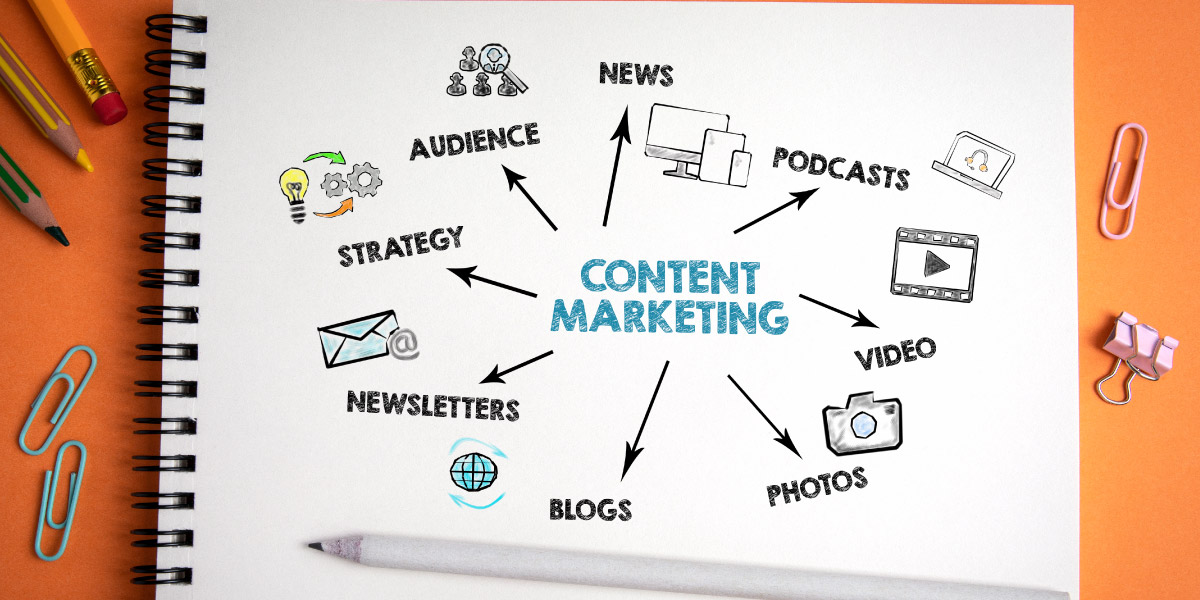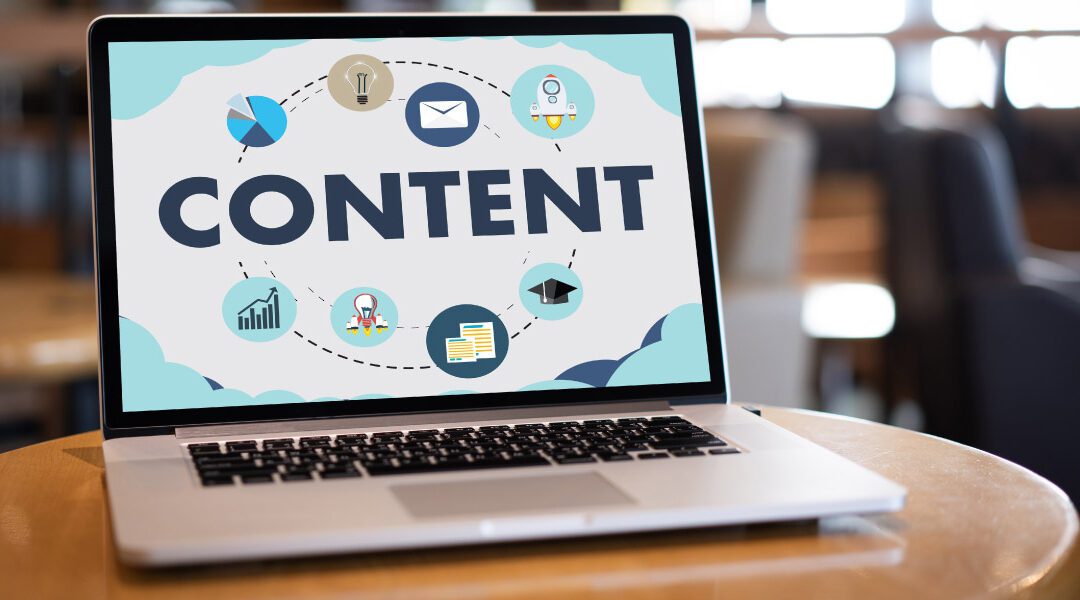It is a universal truth that no one likes feeling marketed toward. Loud, in-your-face, disruptive marketing campaigns all trying so desperately to catch your attention. One anecdote I find coming into my mind as I write: one evening I was driving home from a deli when I found myself stuck behind a mobile electronic billboard for a blinding ten-odd-minute drive. Now, despite its limitations, billboard advertising definitely has its place in modern marketing campaigns, but this experience was somewhat indicative of everything wrong with past marketing efforts. Ironically, marketing practices of the past have forced marketers of the present and future to pivot to other, better practices. We call this content marketing. What are the real benefits of content marketing?
Educating the Audience and Relationship Building
One of my interests outside of work is analog watches. I grew up an athlete, so I exclusively wore digital watches in my youth, but after graduating from college, I found myself drawn towards more traditional timepieces, though I didn’t really know anything about them. Now, Timex may not be the most luxurious name in the world of horology, but as I embarked on my buyer’s journey to buy a functional, entry-level watch, I found myself perusing Timex’s blog—reading and learning about a variety of topics related to types of watches, the history of Timex, and even some famous people who wore Timex watches.
The result? Well, the watch I’m wearing as I write is my Timex field watch, which goes with me on all kinds of adventures. When I bought a birthday gift for my younger brother, it was a Timex. When he got some Christmas money, he wanted to add to his burgeoning watch collection, so he bought, you guessed it, a Timex.
Why do I say all this?
Well, while reading their blog I found myself developing something of a relationship with Timex and, by extension, their watches. I, of course, recognize that Timex has no such relationship with me—they sell thousands of watches to customers like me every day—but because they took the time to educate me about topics related to what I was looking for, I always go back to their website when I’m in the market for a new watch. It wasn’t Timex’s watches that attracted me to the product, it was their content about their field and about their company. I didn’t feel marketed toward, I didn’t feel like Timex was trying to get my money, and this was a genuine differentiator for me as a first-time buyer.
Content marketing gives you the opportunity to talk directly to your customers about your company and specialties. The best content marketers are able to predict what their prospective customers are going to ask and proactively answer them. This shows your customers that you know their challenges and can talk through and solve them.
Tangentially, Apple Watches and other smartwatches are not watches, they’re phones you wear on your wrist. I will die on this hill.

Content marketing can make the buyer feel like they have a relationship with the brand.
Gauging Interest Along the Buyer’s Journey
Alright, so my prior anecdote was very much a small-scale success story of content marketing in a B2C setting, though the lesson still applies to B2B marketing. But for a buying process with a little more on the line than a watch, content marketing still provides value to organizations because it allows them to see at a glance how far along in the buying process and where in the sales funnel the prospective buyer is. Here’s how:
The sales funnel aligns closely with the buyer’s journey. At the top of the funnel is awareness; in the middle is a consideration, and at the bottom is the decision stage. Now, how can we take these principles and apply them to content marketing? Imagine you have pieces of content designed to reflect the stages of the buyer’s journey. A simple blog may represent the top of the funnel, but as we continue down the funnel, we’ll ask the website visitor for more information. From the visitor’s perspective, they don’t feel cheated because we first let them find some of the answers they’re working for before we start asking for their information.
Allow me to share another story that I’m sure we all have some amount of familiarity with. One of my goals is to become more proficient with Adobe After Effects to complement our video marketing capabilities. I have a number of years’ worth of experience with Adobe Premiere Pro, but until recently, I didn’t use After Effects. So, when I was brand new to the program, I watched Adobe’s introductory tutorial videos, but one time I had specific questions for an animation I had in my head.
Like any responsible creator with a question, I went to Google. Many of the search results directed me to websites that locked their answers behind a form—or worse, a paywall. I wasn’t prepared to give up such information—let alone money—without first getting an answer for my problem. I would find my answer elsewhere.

Content marketing utilizes several types of advertising.
Content and the Buyer’s Journey Go Hand-In-Hand
This illustrates an example of a piece of content not suited for where I was in the buyer’s journey. A more responsible method would be to pair the content with the stage of the buyer’s journey. Take this blog for example: maybe you came across it while searching on the internet or perhaps you found it on social media. Either way, you probably clicked this because you want to know what the actual benefits of content marketing are. If that’s the case, you’re probably only just becoming aware of the shortcomings of more traditional marketing so it’s only responsible that we give you our perspective. Now, if you read this and think “I like this, I want to know more,” then we’ll probably ask you for some more information. Why?
When you thought “I like this, I want to know more,” you’ve actually triggered the second stage of the buyer’s journey: consideration (see? It’s not scary!). Now, you may want to get in touch with us about a content marketing strategy or maybe you’re ready to give us your name and email address in exchange for more content. Great! When you take one of these actions, you signal to us that you’re interested in learning more, we can follow along with how you interact with our content and what content you interact with so we can hold your hand and guide you along the journey.
Benefits of Content Marketing
Okay, there are many more benefits of content marketing beyond the two I’ve described here, but I wanted to share why I and so many others call content marketing a more human way to market. This strategy represents a long-term approach to attract, engage, and delight customers at every step of the buyer’s journey. So, if you have the itch to learn more about inbound marketing, the content marketing component, and our approach to it, contact us! We’d love to talk.
![20250616_SPW_SEOSmallBizGuideCTA • Sharp Wilkinson Boost Your Online Visibility! Unlock the secrets to a top-ranking website with our FREE SEO Guide for Small Businesses. [Download Your Guide Now!]](https://sharpwilkinson.com/wp-content/uploads/2025/06/20250616_SPW_SEOSmallBizGuideCTA-1024x512.png)





